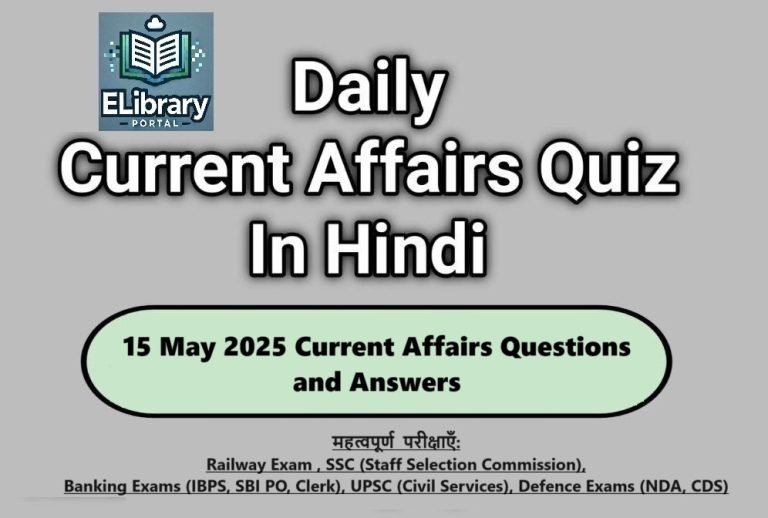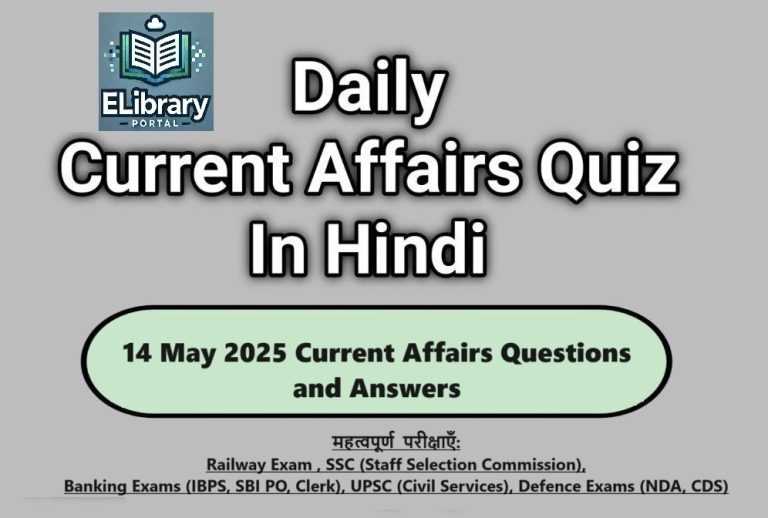Adsorption is a process that has a wide range of applications across various industries, including environmental science, chemical engineering, and biomedical fields. It involves the accumulation of molecules from a gas or liquid phase onto the surface of a solid or a liquid. This process is driven by forces such as van der Waals forces, electrostatic forces, or chemical bonds, which attract the adsorbate molecules (the molecules being accumulated) to the adsorbent (the material that accumulates the molecules on its surface). To provide a detailed and comprehensive exploration, let’s examine adsorption in depth across several dimensions.
1. Fundamentals of Adsorption
Adsorption can be broadly categorized as a surface phenomenon. Unlike absorption, where molecules penetrate into the volume of the absorbing material, adsorption only occurs on the surface. This distinction is important because adsorption is generally faster than absorption and can occur even at relatively low temperatures. In adsorption, the forces between the adsorbate molecules and the adsorbent are key factors in determining the process dynamics and capacity.
Two primary types of adsorption are:
- Physical adsorption (physisorption): This form of adsorption involves weak van der Waals forces or dipole interactions between the adsorbate and the adsorbent. Physisorption is typically reversible, and it generally occurs at low temperatures. The adsorbate can be easily desorbed (released from the adsorbent) by increasing temperature or reducing pressure.
- Chemical adsorption (chemisorption): This involves the formation of a chemical bond between the adsorbate and the adsorbent. Chemisorption is usually stronger and less reversible than physisorption and often requires higher activation energy. The adsorbate is chemically bound to the surface, which makes desorption more challenging and often necessitates breaking of chemical bonds.
Factors Influencing Adsorption
Several factors influence adsorption, including:
- Nature of adsorbent: Porous materials, such as activated carbon and silica gel, offer a high surface area, enhancing adsorption capacity.
- Surface area and pore structure: Larger surface areas and specific pore structures in adsorbents promote greater adsorption of molecules.
- Temperature: Higher temperatures generally reduce the extent of physisorption but may increase chemisorption in specific cases.
- Pressure: An increase in pressure, especially for gases, increases the adsorption capacity, a principle explained by adsorption isotherms.
- Polarity and molecular structure of adsorbate: Molecules with stronger polarity or those that can hydrogen bond tend to have a higher affinity for adsorption on certain materials.
2. Adsorption Isotherms
Adsorption isotherms describe the relationship between the quantity of adsorbate on the adsorbent and the pressure (for gases) or concentration (for liquids) at a constant temperature. The most commonly used adsorption isotherm models are:
2.1 Langmuir Isotherm
The Langmuir isotherm assumes monolayer adsorption on a surface with finite adsorption sites. It also assumes that all adsorption sites are identical and that there is no interaction between adsorbed molecules. The Langmuir equation is represented as:qe=qmKP1+KPq_e = \frac{q_m K P}{1 + K P}qe=1+KPqmKP
where qeq_eqe is the amount of adsorbate per unit weight of adsorbent, qmq_mqm is the maximum adsorption capacity, KKK is the Langmuir constant, and PPP is the pressure.
The Langmuir isotherm is widely used to model gas adsorption on homogeneous surfaces.
2.2 Freundlich Isotherm
The Freundlich isotherm is an empirical model used for heterogeneous surfaces, where adsorption sites have varying affinities. It is represented as:qe=KfC1/nq_e = K_f C^{1/n}qe=KfC1/n
where KfK_fKf and 1/n1/n1/n are Freundlich constants, CCC is the concentration of the adsorbate in the solution, and qeq_eqe is the amount adsorbed.
The Freundlich isotherm applies to systems with varying adsorption sites and is suitable for both gases and solutions, making it a versatile model.
2.3 BET Isotherm
The BET (Brunauer, Emmett, and Teller) isotherm extends the Langmuir concept to multilayer adsorption and is particularly useful for describing adsorption on porous materials. It is expressed as:PV(P0−P)=1VmC+(C−1)PVmCP0\frac{P}{V(P_0 – P)} = \frac{1}{V_m C} + \frac{(C – 1)P}{V_m C P_0}V(P0−P)P=VmC1+VmCP0(C−1)P
where PPP is the equilibrium pressure, P0P_0P0 is the saturation pressure, VVV is the volume of adsorbate, VmV_mVm is the monolayer adsorbed gas quantity, and CCC is a constant related to the adsorption enthalpy.
The BET isotherm is widely used in determining the specific surface area of materials and is particularly important for studying porous materials like zeolites and silica gels.
3. Types of Adsorbents
Different adsorbents are selected based on their structure, surface area, and chemical composition. Common adsorbents include:
- Activated Carbon: Known for its high surface area and porosity, activated carbon is used extensively in water treatment, air purification, and gas separation.
- Silica Gel: Due to its stability and high surface area, silica gel is effective in adsorbing polar molecules and is used as a desiccant.
- Zeolites: These are microporous aluminosilicates with high selectivity for specific ions, making them useful for ion exchange and gas separation.
- Metal-Organic Frameworks (MOFs): MOFs are a class of porous materials with tunable structures and high surface areas, ideal for gas storage, catalysis, and separation processes.
- Polymers: Polymers with functionalized surfaces or coatings are employed for specific adsorption applications, particularly in removing organic pollutants from wastewater.
4. Applications of Adsorption
Adsorption has numerous applications across various fields:
4.1 Environmental Applications
- Water Treatment: Activated carbon and other adsorbents are used to remove organic contaminants, heavy metals, and toxic compounds from water.
- Air Pollution Control: Adsorbents are utilized in capturing volatile organic compounds (VOCs), sulfur compounds, and other pollutants from industrial exhaust gases.
- Soil Remediation: Adsorption can remove contaminants from soils, including oil spills and chemical leaks, making it crucial in environmental cleanup.
4.2 Industrial Applications
- Gas Separation: Adsorbents are used to separate gases based on molecular size or affinity, with applications in natural gas processing and carbon capture.
- Catalysis: Many catalysts function through adsorption, where reactants are adsorbed onto the catalyst surface to promote reaction efficiency and selectivity.
- Refrigeration and Cooling: Adsorption cooling systems utilize adsorbents to absorb refrigerants and provide a cooling effect, which is particularly useful in sustainable and renewable cooling applications.
4.3 Biomedical Applications
- Drug Delivery: Adsorption mechanisms enable controlled drug release, where drugs are adsorbed onto carriers that release the drugs gradually in the body.
- Hemodialysis: Adsorption is utilized in dialysis filters to remove toxins from the blood of patients with kidney failure.
- Tissue Engineering: Adsorbents are used to deliver growth factors or other biological agents in tissue scaffolds, aiding in cell growth and tissue regeneration.
5. Challenges and Future Directions
Despite its many advantages, adsorption faces challenges that limit its widespread use in certain fields. Some of the current challenges include:
- Regeneration and Reusability: Many adsorbents lose effectiveness after multiple adsorption-desorption cycles, requiring development of new materials that can be regenerated easily and cost-effectively.
- Selectivity: Improving the selectivity of adsorbents is essential, especially in complex mixtures, to allow efficient separation and purification.
- Capacity and Efficiency: Increasing the adsorption capacity of materials while maintaining high efficiency is necessary, particularly for applications in carbon capture and environmental cleanup.
Emerging Materials and Technologies
Research in materials science has led to the development of advanced adsorbents such as:
- Nanomaterials: Nanoparticles and nanofibers offer extremely high surface areas and can be functionalized for specific adsorption applications.
- Graphene and Carbon Nanotubes: These carbon-based nanomaterials provide high adsorption capacities and are being explored for use in water purification and energy storage.
- Hybrid Materials: Combining different materials, such as metal-organic frameworks with polymers or biomolecules, can create adsorbents with unique properties, tailored for specific applications.
10 Questions about adsorption, each with an in-depth explanation to deepen understanding:
1. What is adsorption, and how does it differ from absorption?
Answer: Adsorption is a surface phenomenon in which molecules from a gas or liquid phase accumulate on the surface of a solid or liquid (adsorbent). In contrast, absorption involves the entire volume of the material, where the absorbed substance (absorbate) penetrates into the absorbing material. For instance, in adsorption, gas molecules adhere only to the surface of activated carbon, while in absorption, like in a sponge soaking up water, the liquid fills the interior volume.
2. What are the two main types of adsorption?
Answer: The two primary types of adsorption are:
- Physisorption (Physical Adsorption): This type relies on weak van der Waals forces between the adsorbate and adsorbent. It is generally reversible, occurs at low temperatures, and doesn’t require high energy.
- Chemisorption (Chemical Adsorption): Involves the formation of a chemical bond between adsorbate and adsorbent, making it stronger and often irreversible. It usually occurs at higher temperatures and involves an energy barrier, as it requires bond formation.
3. How does surface area affect adsorption capacity?
Answer: A larger surface area increases adsorption capacity since it provides more active sites for adsorbate molecules to attach. Materials like activated carbon, silica gel, and metal-organic frameworks (MOFs) have high surface areas, which make them excellent adsorbents. The pores within these materials also allow for greater contact area with the adsorbate, enhancing adsorption.
4. What role does temperature play in adsorption?
Answer: Temperature affects adsorption differently for physisorption and chemisorption:
- In physisorption, an increase in temperature generally decreases adsorption, as higher kinetic energy allows adsorbate molecules to desorb from the adsorbent.
- In chemisorption, higher temperatures may actually enhance adsorption as they provide the energy needed for chemical bond formation. However, extremely high temperatures can still reduce adsorption by increasing desorption rates.
5. What is an adsorption isotherm, and why is it important?
Answer: An adsorption isotherm is a graph or equation describing the relationship between the quantity of adsorbate on the adsorbent and the concentration (or pressure) of the adsorbate in the bulk phase at a constant temperature. Adsorption isotherms are crucial because they help predict the behavior of adsorption processes and determine the efficiency of different adsorbents for specific applications. Key models include the Langmuir, Freundlich, and BET isotherms.
6. How does the Langmuir isotherm model adsorption?
Answer: The Langmuir isotherm assumes monolayer adsorption on a uniform surface with finite adsorption sites, and no interaction between adsorbed molecules. It describes adsorption with the equation qe=qmKP1+KPq_e = \frac{q_m K P}{1 + K P}qe=1+KPqmKP, where qeq_eqe is the adsorbed amount, qmq_mqm the maximum adsorption capacity, KKK the Langmuir constant, and PPP the pressure. It works well for systems with a homogeneous surface.
7. What are some common adsorbents and their applications?
Answer: Common adsorbents include:
- Activated Carbon: Used in water purification, gas masks, and air filters due to its high surface area.
- Silica Gel: Known for water adsorption, used in dehumidifiers and drying agents.
- Zeolites: Effective for ion exchange and gas separation, commonly used in catalytic cracking and wastewater treatment.
- Metal-Organic Frameworks (MOFs): Known for high selectivity and tunable structure, applied in gas storage, catalysis, and drug delivery.
8. How is adsorption used in environmental applications?
Answer: Adsorption plays a key role in environmental protection by removing contaminants:
- Water Treatment: Adsorbents like activated carbon and zeolites remove organic pollutants, heavy metals, and toxins from water sources.
- Air Purification: Adsorbents capture pollutants like volatile organic compounds (VOCs) and sulfur compounds from industrial emissions.
- Soil Remediation: Adsorption can extract toxic chemicals from soil, mitigating the effects of pollution or spills.
9. What challenges do adsorption processes face?
Answer: Adsorption processes face several challenges, including:
- Regeneration and Reusability: Many adsorbents lose effectiveness after multiple cycles, making it costly or inefficient.
- Selectivity: High selectivity for specific molecules is needed in complex mixtures, which can be difficult to achieve.
- Capacity Limitations: Adsorption capacity must be high enough for practical applications, especially in large-scale environmental remediation or industrial separation processes.
10. What advancements are being made in adsorption materials?
Answer: Recent advancements include:
- Nanomaterials: Nanoparticles and nanofibers, which provide extremely high surface areas and enhanced adsorption capabilities.
- Graphene-Based Adsorbents: Graphene oxide and carbon nanotubes are being explored for water purification and environmental applications.
- Hybrid Materials: Combining materials like MOFs with polymers enhances adsorption selectivity and enables tailored applications, such as in targeted drug delivery or catalytic reactions.






